May 24, 2025 | 16:18 GMT +7
May 24, 2025 | 16:18 GMT +7
Hotline: 0913.378.918
May 24, 2025 | 16:18 GMT +7
Hotline: 0913.378.918
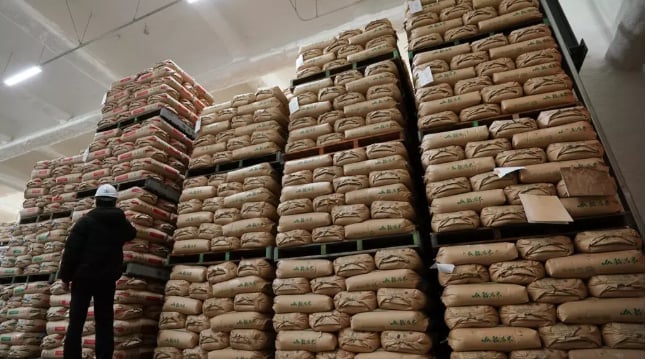
The shortages have been driven by factors including poor harvests caused by hot weather and panic-buying prompted by a "megaquake" warning last year. Photo: Kazuhiro NOGI / AFP.
After rice prices nearly doubled year-on-year, the government began auctioning its stockpile last month -- the first time since it was started in 1995.
"In order to stabilise rice prices that have soared, the government will sell off its reserve rice every month until this summer" when newly harvested rice enters the market, agricultural minister Taku Eto said.
The shortages have been driven by factors including poor harvests due to hot weather in 2023 and panic-buying prompted by a "megaquake" warning last year.
Record numbers of tourists have also been blamed for a rise in consumption.
And some businesses are thought to be keeping their inventories and waiting for the most opportune time to sell.
The government has so far released around 210,000 tonnes of rice.
The next auction of 100,000 tons will take place in the week of April 21.
The retail price for five kilograms of rice in the last week of March was 4,206 yen ($29), up 104.5 percent year-on-year.
Japan is aiming to boost its rice exports almost eightfold to 350,000 tonnes by 2030, the government said last month.
Rice consumption in Japan has more than halved over the past 60 years as diets have changed to include more bread, noodles and other energy sources.
The new target is part of a long-term national policy to boost overseas rice shipments and make farming it more efficient as the country's ageing population shrinks.
Rice also appears to have been a factor in US President Donald Trump's hefty tariffs of 24 percent on Japanese imports into the United States.
The White House has accused Japan of imposing a 700-percent tariff on US rice imports, a claim that Eto was quoted as calling "incomprehensible".
(AFP)
/2025/05/22/5250-1-184853_288.jpg)
(VAN) According to a representative from the Central Retail Vietnam, Vietnamese products such as seafood, sweet potatoes, dragon fruit, coffee, and spices hold great potential in the Thai market.
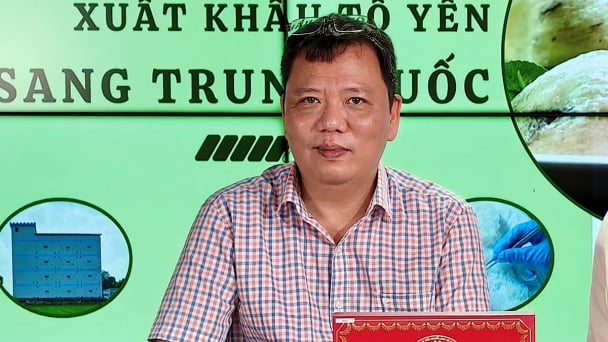
(VAN) A multi-channel, multi-directional strategy only works when the agricultural value chain meets global transparency and SPS standards.
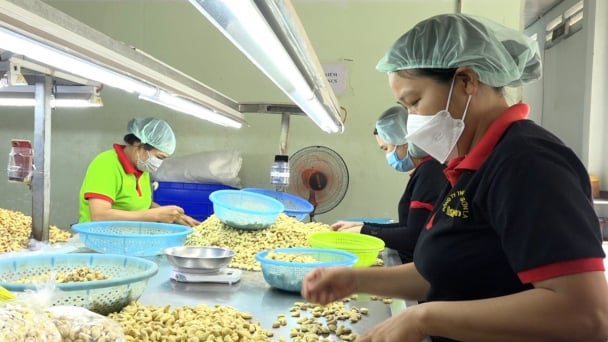
(VAN) Market expansion is a matter of survival for Vietnamese businesses amid fierce competition and global supply chain fluctuations.
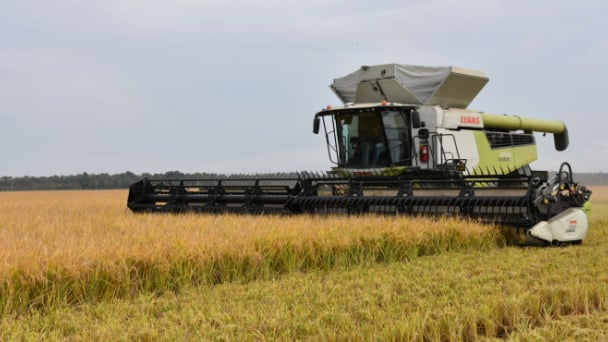
(VAN) Global market prospects for U.S. long-grain rice for the upcoming marketing year.
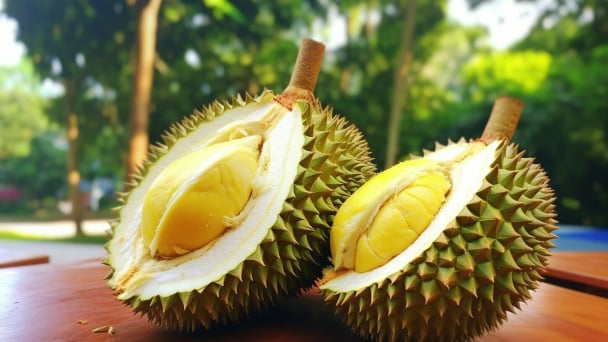
(VAN) China’s General Administration of Customs started permitting fresh durian shipments from Cambodia after a phytosanitary protocol was signed with the Cambodian Ministry of Agriculture in late April.
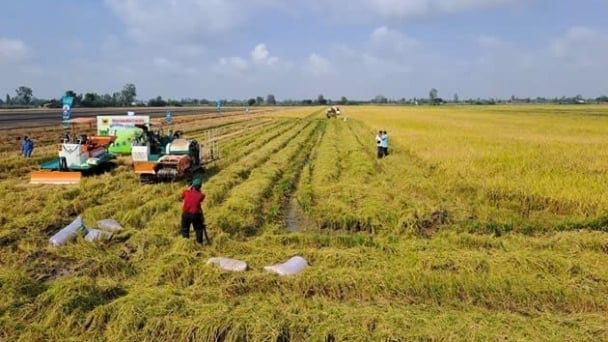
(VAN) To operate carbon market, one of the key issues is determining which types of 'commodities' meet the standards to be traded on the market.
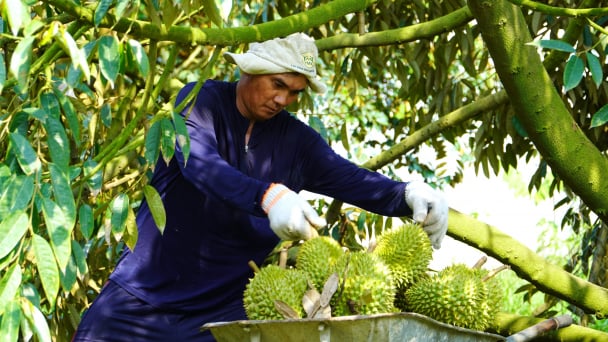
(VAN) Durian-producing localities need to coordinate more effectively with central authorities to improve the traceability, monitoring, and response systems in case of violations.